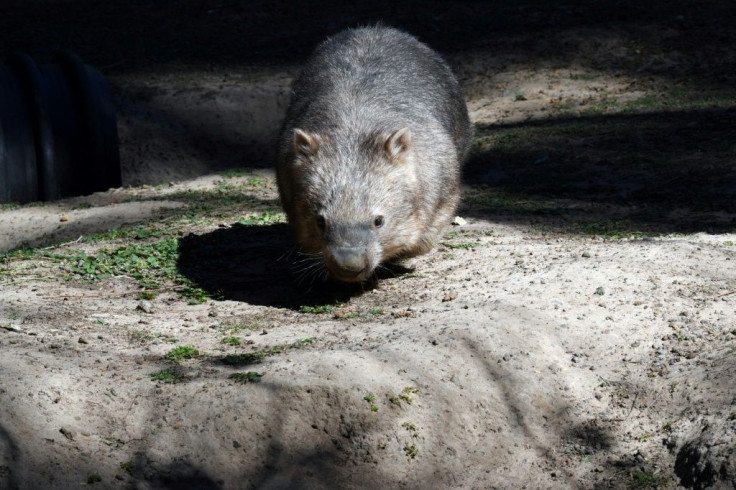The Mystery Of Wombat Poop Cubes Has Finally Been Solved
Biologists have known for years that wombats produced cubic poop. Until now, however, little was known about the mechanism used to craft such a unique product. Researchers working with the University of Tanzania have unlocked the wombats’ secret and solidified evidence suggesting they use poop to mark territory.
Wombats’ ability to produce such refined waste was the main focus of an investigation by Scott Carver, a wildlife ecologist with the University of Tasmania. Carver’s team analyzed wombats’ 33-foot intestine, publishing their discoveries in the latest issue of the journal Soft Matter.
“Bare-nosed wombats are renowned for producing distinctive, cube-shaped poos. This ability to form relatively uniform, clean cut feces is unique in the animal kingdom," said Carver. “Our research found that these cubes are formed within the last 17% of the colon intestine.”
The final section of wombats’ digestive system houses a unique array of two firm and two pliant tissue segments. These can contract, allowing wombats’ to shape their feces into sharp edges and corners that are less likely to roll.

Wombats also digest their food for four times longer than humans, making it very dry. They can produce 80 to 100 cubes each night, which Carver’s team long suspected they used as signals.
“Wombats have a really strong sense of smell that they use probably for communication,” Carver told CNN after a 2018 investigation. “We don’t know what that information they’re sharing is, but it might be something about mating, it might be something about general advertising about who’s in the area.”
Wombats are native to southern Australia and Tasmania, populating forests and foothills. Carver told CNN that this time around, his team noticed the wombats placing their cubes at the periphery of their range, demarcating territory.
“They place these feces at prominent points in their home range, such as around a rock or a log, to communicate with each other,” he said.
Beyond the novelty of understanding why and how cubes are coming out of an animal, Carver hopes his research can lead to innovations in how humans could use soft tubes in “an entirely new way of manufacturing cubes.”
© Copyright IBTimes 2025. All rights reserved.





















